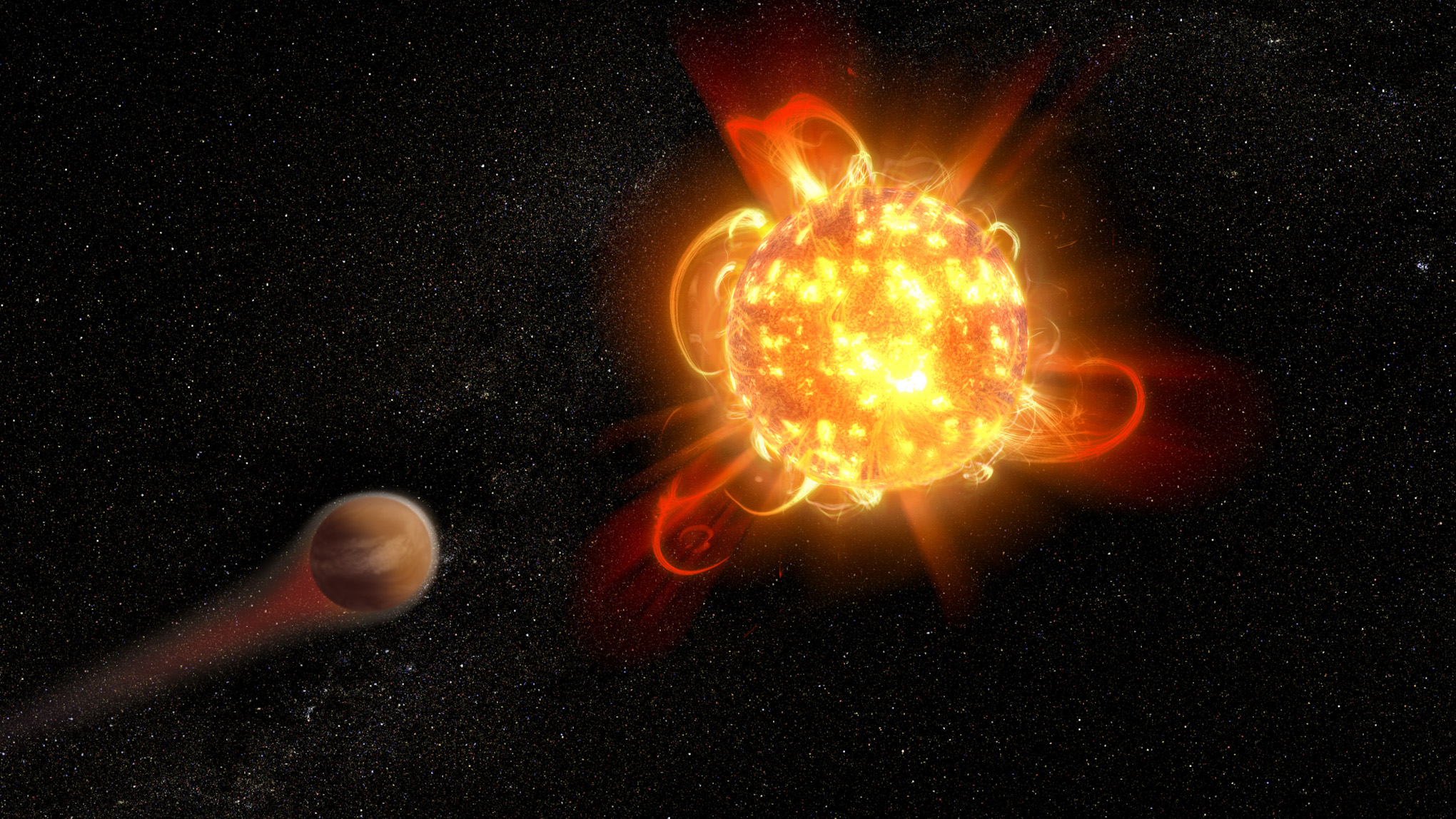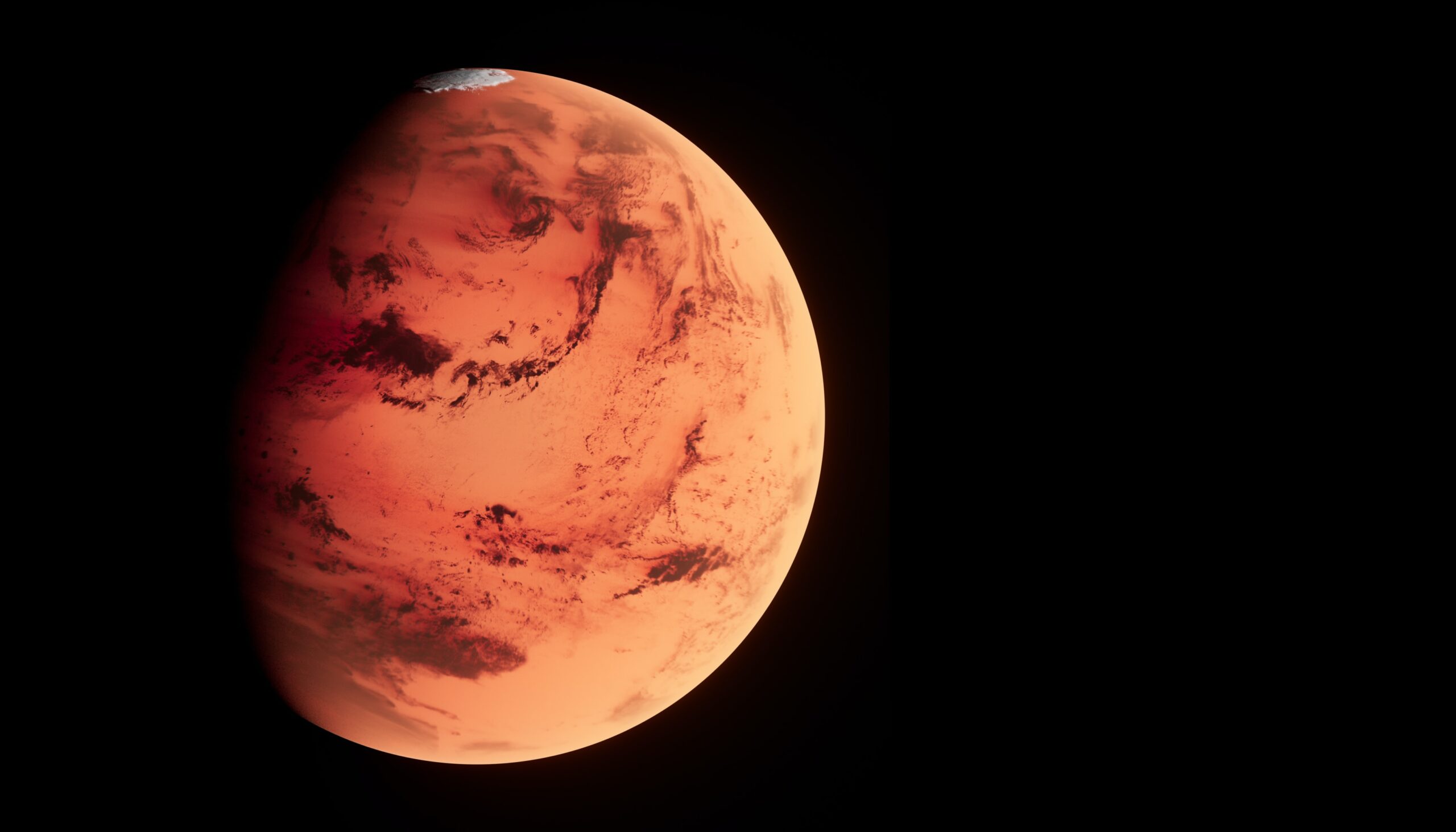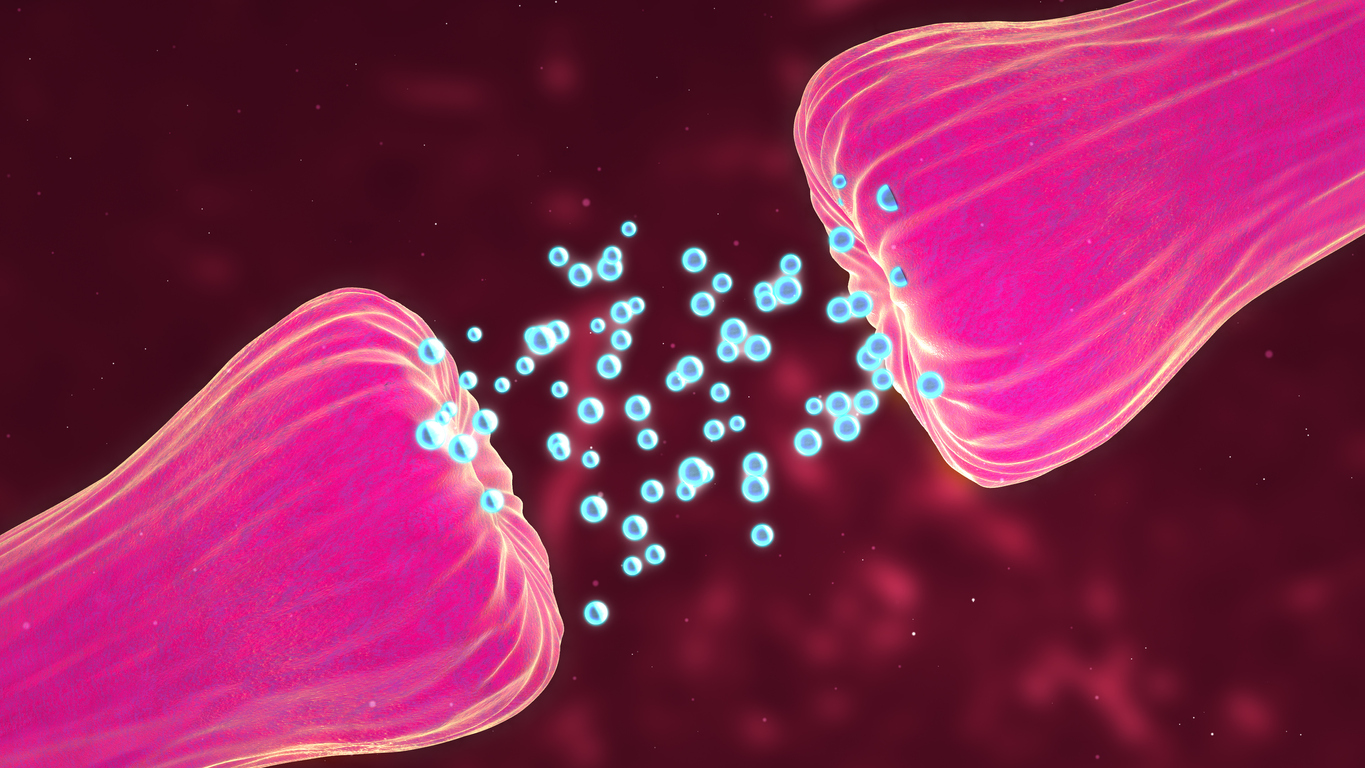Despite the fact that cosmological simulations are essential for understanding how the universe evolved, the great majority of them do not match what astronomers see via telescopes. The vast majority of them are meant to be statistically equivalent to the real world. Restricted cosmological simulations, on the other hand, aim to produce a precise duplicate of the cosmos’ observed design. However, the vast majority of current simulations of this type have only ever been used to look at our local universe, which is relatively close to Earth, and have never been used to look at the cosmos from afar.
The study’s primary author, Metin Ata, a researcher at the Kavli Institute for the Physics and Mathematics of the Universe Project, headed a group of academics interested in investigating faraway structures like giant galaxy protoclusters. Before they were able to pack together under the force of their own gravity, these structures were the forerunners of present galaxy clusters. They discovered that recent studies of distant protoclusters were oversimplified, with basic models rather than simulations being used frequently.
They attempted to create an exact replica of the genuine distant cosmos in order to identify where structures began and ended, according to Ata.
COSTCO was born as a result of these measures (COnstrained Simulations of The COsmos Field).
Lee drew analogies between the development of a simulation and the construction of a “time machine”. Telescopes are currently studying galaxies from the past, as light from the extreme reaches of the universe is only now beginning to reach Earth.
It’s like finding an old black-and-white snapshot of your grandfather and turning it into a film about his life.
The scientists were able to image “young” grandparent galaxies everywhere throughout the galaxy using this technique. In order to explore the creation of galaxy clusters, the researchers accelerated the ageing of these galaxies.
The scientists gathered information from galaxies that had travelled 11 billion light-years to get here.
The most challenging part was figuring out how to account for context on a large scale.
The outcome of those structures, whether autonomous or linked to a larger system, will be significantly influenced by the performance of this particular component. You can expect significantly different results if you don’t examine the surrounding environment. According to Ata, since they had a full simulation, researchers were able to account for the large-scale environment continually, resulting in a more accurate prediction.
These simulations were created to put the traditional cosmological model to the test, which is intended to describe the physical features of the universe. Researchers who calculate the final mass and distribution of buildings in a given location may be able to shed light on hitherto unseen aspects of our knowledge of the universe.
The team used simulations to find three previously unknown protoclusters of galaxies. They could also pick one structure over the other. As a result of their simulations, they uncovered five novel structures that emerged on a regular basis. The Hyperion proto-supercluster, for example, is the earliest and largest proto-supercluster discovered. It has 5000 times the mass of our own Milky Way galaxy, according to astronomers, and is expected to collapse into a 300 million light-year-long filament.
Their discoveries have already been taken into other fields of research, such as those looking into the cosmic setting of galaxies and the absorption lines of distant quasars.
The experiment’s findings were detailed in a publication published in Nature Astronomy on June 2nd.
Story Source: Original press release by Kavli Institute for the Physics and Mathematics of the Universe.. Note: Content may be edited for style and length by Scible News.
References
Metin Ata, Khee-Gan Lee, Claudio Dalla Vecchia, Francisco-Shu Kitaura, Olga Cucciati, Brian C. Lemaux, Daichi Kashino, Thomas Müller. Predicted future fate of COSMOS galaxy protoclusters over 11 Gyr with constrained simulations. Nature Astronomy, 2022; DOI: 10.1038/s41550-022-01693-0







